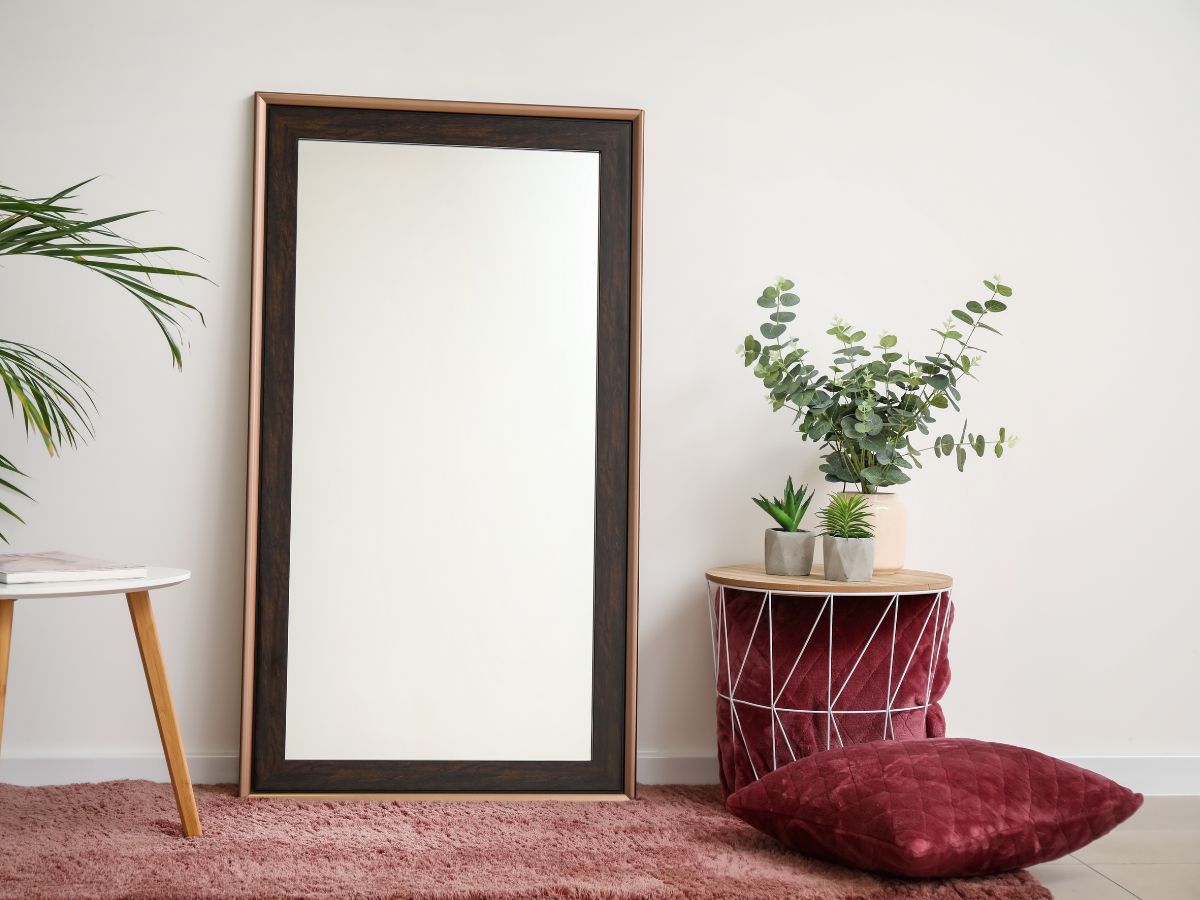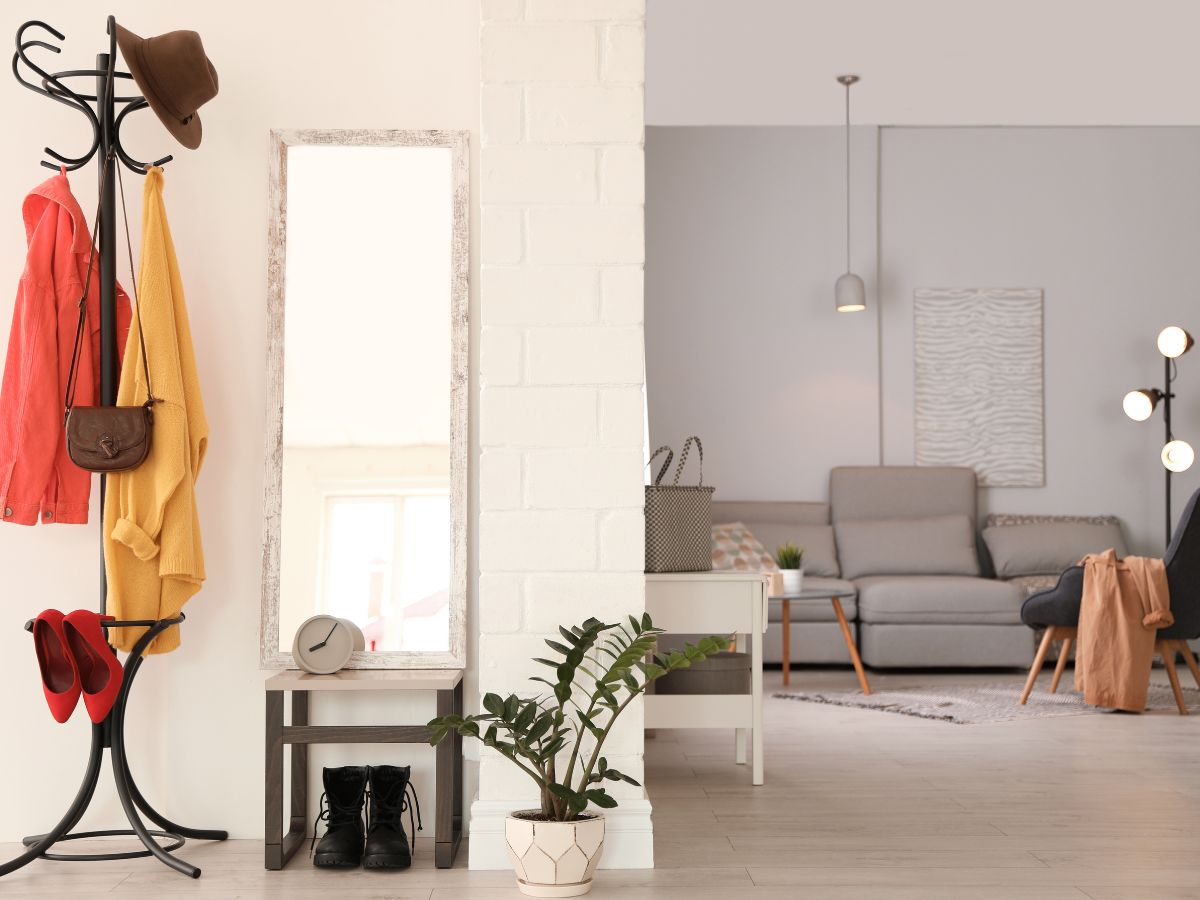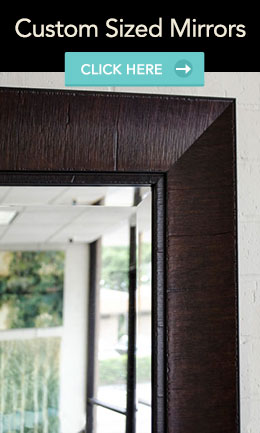
How to Style a Modern Mirror in Interior Design: 6 Tips
A modern mirror isn’t just practical, it’s a powerful design tool. When used strategically, a custom-sized mirror can elevate room geometry, light, and mood. Here’s a guide for interior designers, remodelers, and home design professionals.
1. Mirror Power Backed by Trends and Data
Decor trends confirm that mirror demand surged during recent years. CB2 reported mirrors as the most-searched home product amid the pandemic. The global home mirror market was valued at USD 5.2 billion in 2024 and is projected to reach USD 8.3 billion by 2033. Clearly, smart mirror styling isn’t just aesthetic, it’s widely desired.
2. Boost Light and Perceived Space
High-definition mirrored setups can reflect up to 90-98% of visible light, depending on coating. Placed across from windows or lamps, mirrors make rooms feel noticeably brighter and more open.
3. Create Spatial Illusion and Depth
Mirrors extend visual boundaries. Placing a large custom mirror on a wall creates the illusion of double the space, while mirror grids or artistic layouts as seen in Canadian condo redesigns have doubled perceived living areas. These techniques transform compact layouts into spacious-feeling interiors.
4. Frame and Size for Modern Style
Framed mirrors amplify clean geometry. Custom sizing ensures crisp fit above a mantel, console, or sofa. This avoids awkward margins that off-the-shelf mirrors often leave. Sleek black frames suit minimalist interiors, while wooden tones can warm modern décor. The frame becomes part of the design vocabulary.
5. Rules of Strategic Placement
Apply these rules:
- Opposite natural light sources to maximize brightness.
- Use a mirror width about 2/3 to 3/4 of furniture beneath (e.g. console, sofa) for visual balance.
- Hang at eye level, avoiding cluttered or messy reflections. Focus on reflecting art or greenery, not closets or chores.
- Group square and rectangular pieces in grids or clusters for modern impact without overwhelming a space.
6. Psychological Benefits of Mirrors
Beyond light and scale, mirrors support mental clarity: airy, well-lit spaces feel more calming and focused. Small, dark rooms feel less claustrophobic and more uplifting when thoughtfully mirrored, which can improve occupants’ mood. The psychological lift they provide makes mirror design a strategy, not just styling.
For designers, remodeling teams, and architects, using framed, custom-sized mirrors showcases precision, visual intent, and functionality. These design choices enhance light, scale, and ambiance with minimal material cost—but maximum impact. You’re not just hanging a mirror—you’re installing clarity and refinement.


